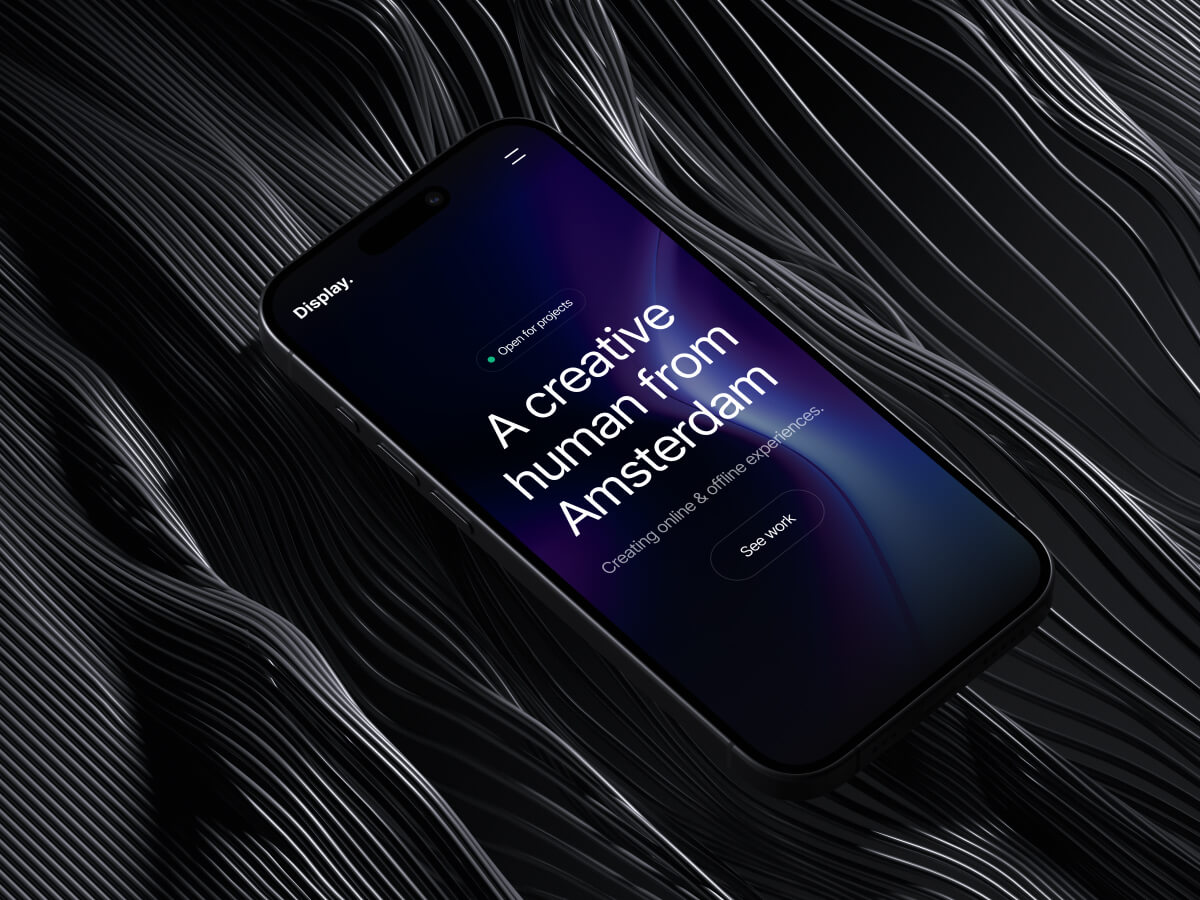Accessibility is no longer just a nice-to-have; it’s a must-have in design. Designing for accessibility ensures that your work can be enjoyed by everyone, including people with disabilities. To get started, focus on a few key areas.
Sep 15, 2024
3 min

Color contrast
Ensure text is easily readable against backgrounds. Tools like WebAIM’s Contrast Checker can help you meet accessibility standards.
Typography
Use clear, legible fonts and avoid overly complex styles. Make sure your text size is adjustable for those with visual impairments.
Alt text for images
Always include descriptive alt text for images, which helps screen readers convey the content to visually impaired users.
Keyboard navigation
Ensure your design is navigable using a keyboard alone, which is crucial for users with motor disabilities.
By incorporating these accessibility features, you’re not just broadening your audience; you’re making the internet a more inclusive space for all.
